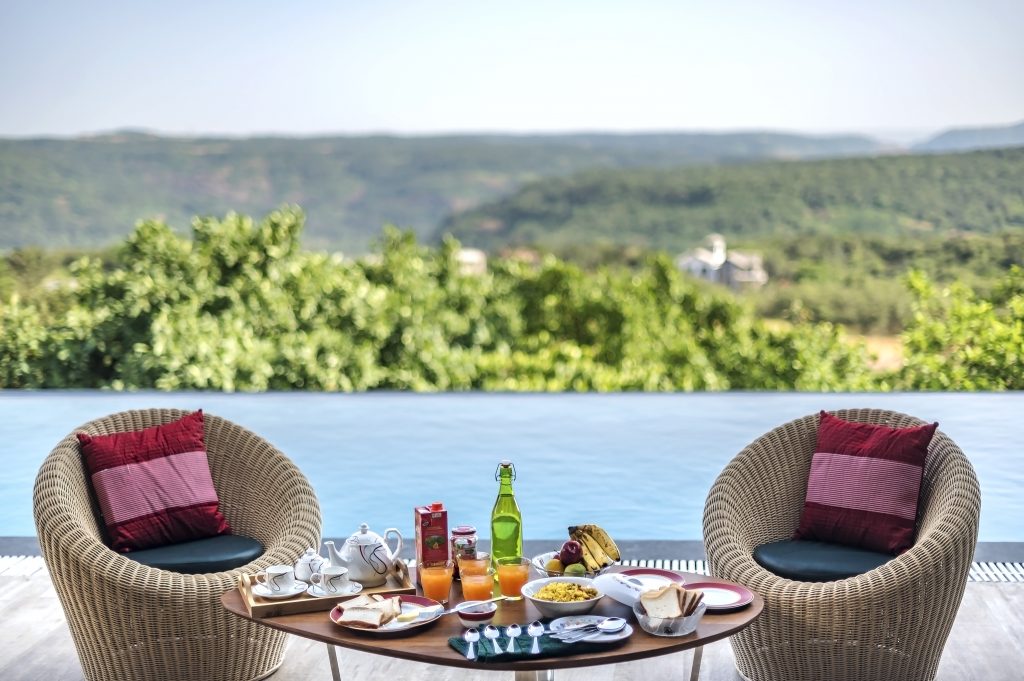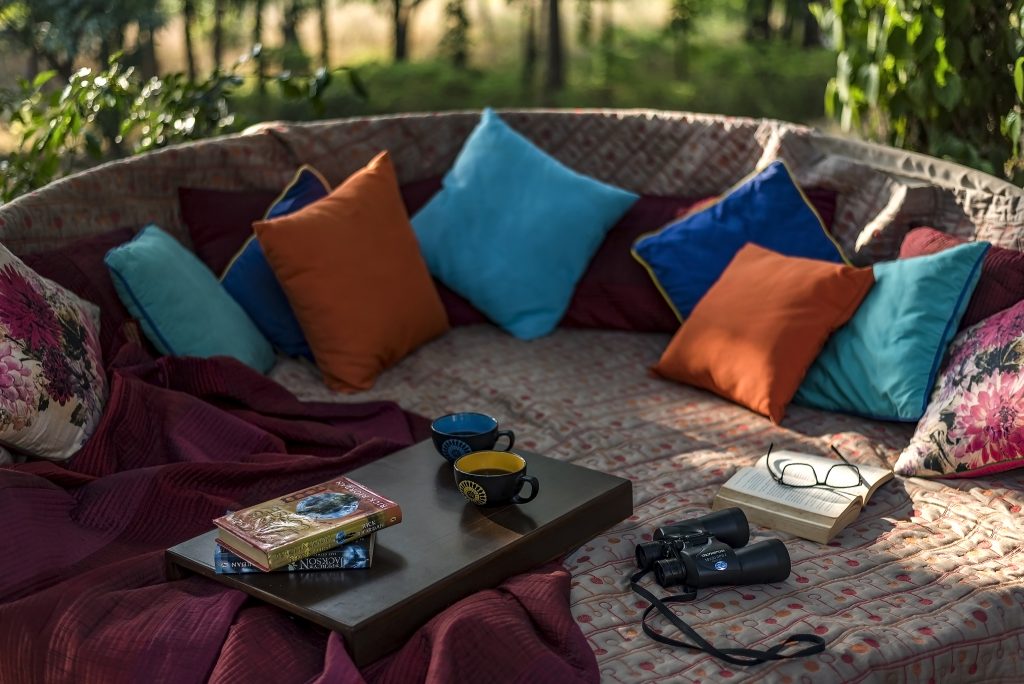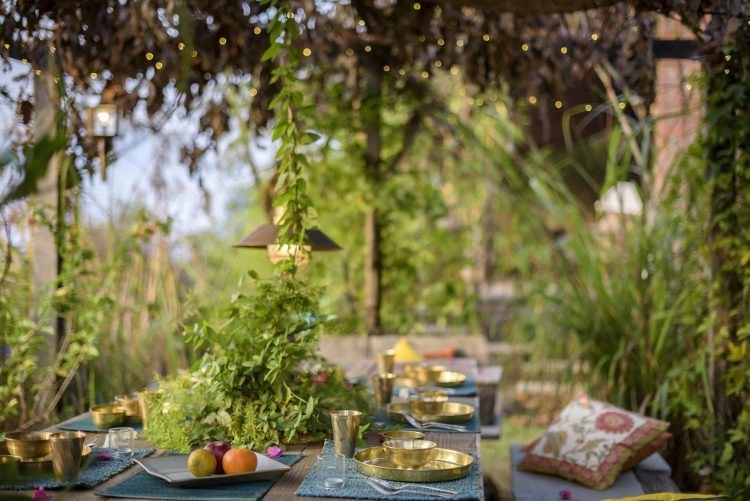Do you ever wonder how your seating style affects you? It affects your spine’s health, your mood and more importantly, your interaction with your colleagues. However, somewhere down the line, we take seating for granted. And so, even as we negotiate on our salaries, work hours, and leave policy among other things, very little or no attention is paid to the way we sit at work.
Imagine, if we were given a choice on how we’d like our seating, what would we choose? Cubicle? Community table? Private room? A cushy recliner? Or just too petty an issue to be discussed? Each style caters to different work cultures. Take, for instance, the office cubicle. It was chaos that gave birth to the idea of a cubicle. Before this, there were open office spaces with no definite arrangements.
Originally designed to offer privacy to the employees, today, ‘being cubicled’ is almost seen in a negative light. Over the years, the office cubicle has seen a paradigm shift based on their office dynamics. Let’s take a look at a few of them…
Organisations, Reorgranised

Open offices: If cubicles had a first cousin, this would be it.
Back in the late ‘50s and early ‘60s, this arrangement was prevalent at German offices and was known as the office landscape. For firms like ad agencies, start-ups and tech companies that rely on dissing hierarchies and are all for having clear communication, this one’s ideal.
Standing desks A rebel love child of the cubicle, stand up as a mark of respect to your health.
The smartest way to revisit your sedentary job is by introducing a standing desk. Introduced in the 60s, these are a hit even today. As of now, while there’s no policy that Indian workplaces follow, it’s a managerial-level practice at some organisations.
Community tables – this one’s the NRI niece of the cubicle.
New-age companies come with newer styles of working space. With hackerspaces/ makerspaces revolutionising the way people work – collaborating and using other people’s skills to flesh out a concept – the trend of using community tables has become rampant. This style of seating encourages conversations and discussions. For an organisation that runs on brainstorming, exchanging ideas, eating and chatting, workspaces are no lesser than hangout zones.

Google offices – That one-sided affair the office cubicle once had.
When it comes to designing creative workspaces, no one does it better than Google. Or did we state the obvious? Mostly mirroring the city’s vibe in its offices – be it the amusement park- themed office at its Chelsea headquarters; the global headquarters in California with scooters, climbing walls; jungle-style set-ups in Dublin, Ireland; and an office full of hammocks in Zurich… discussing their seating arrangement is a touchy topic and deserves a different article altogether.
Coworking spaces This is the cubicles ka Casanova, who can’t make up his mind.
Co-working spaces have seen a phenomenal rise in the last few years. It’s a beautiful collage of different types of organisations coming together. So, there are small conference rooms for meetings, media rooms for entertainment, cosy couches, bean bags…. In short, spaces that help in enhancing creative thinking. With their perks and vibrant decor, they are ideal for freelancers, start-ups, small companies, and large companies that enjoy state-of-the-art facilities.

Brainstorming for the future
While organisations have tried making workspaces employee-friendly by propping up a cool table, posting some funny, motivational quotes, throwing in some lights, adding coffee machines, and stocking up refrigerators with goodies – there’s still a long way to go.
And so, how would you like welcoming your new employees at a private villa over a barbecue session, brainstorming in a pool with mountain views for company, a hearty meal, and some refreshments? What would you like better – a launch party at a banquet hall or an intimate, exclusive get-together in the lawns with finger food and music of your choice? Our new vertical – SaffronStays for Corporates – encourages these and other such initiatives for corporates.
This April, the office cubicle will complete 56 years. Let’s give it early retirement (or a break at one of our homes, at least).
